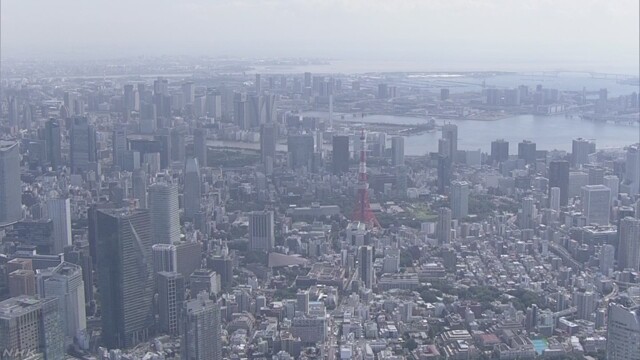A supplementary budget of over 25 trillion yen has been established What is the content? New Corona April 30 19:51
The supplementary budget for the current fiscal year, which was established on the 30th, included an additional expenditure of 25 trillion 691.4 billion yen as expenses for implementing emergency economic measures.
Infection spread prevention, medical treatment, therapeutic drug
First, we will allocate 1,809.7 billion yen to prevent the spread of infection, improve the medical system, and develop therapeutic drugs.
About the influenza drug “Abigan”, which is expected to be effective against the new coronavirus, we recorded ¥ 13.9 billion to secure a stockpile for 2 million people within the year. When a company requested by the government makes a capital investment to increase production, it will subsidize the full amount.
▽ Responding to the continuing shortage of masks, we will distribute two reusable cloth masks to children / students and faculty members attending schools nationwide, one at a time, and to all households nationwide. Two pieces will be distributed per address. We also include a budget for preferential distribution of masks to medical institutions.
▽ We established a 1 trillion yen "Regional Revitalization Grant" to support the finance of local governments working on infectious disease control. It is expected that the grant will be allowed to be used by the local government as a financial resource for the cooperation money provided to businesses that respond to leave requests.
In addition, apart from this, a new 149 billion yen "Urgent Comprehensive Support Grant" will be created, and each prefecture will flexibly secure beds and dispatch of support doctors and medical treatment system for mildly ill persons. Let's do it.
Employment maintenance and business continuity
We will allocate ¥ 19,490.5 billion to maintain employment and continue business.
Among these, ▽ 12,088.3 billion yen including clerical expenses, because the cash allowance of 300,000 yen for households whose income had originally declined was canceled and a uniform benefit of 100,000 yen per person was implemented. Accounted for.
▽ 2,317.6 billion yen was allocated to "sustainable benefit" for SMEs. This year, if the income has decreased by more than half from last year in any month from January to December, up to 2 million yen for SMEs and small businesses, individual including freelance Up to 1 million yen will be paid to the business owner.
In addition, in order to maintain employment, the subsidy rate for employment adjustment subsidies has been raised, and ¥ 69 billion has been posted in order to extend the scope to non-regular workers such as parts not covered by employment insurance.
▽ As a cash flow countermeasure for companies, in addition to allowing private and non-interest bearing loans to be provided to private financial institutions, credit guarantee associations in various regions guarantee corporate debt and government financial institutions provide A total of 3,831.6 billion yen has been included to increase the credit line of a special loan system called "crisis response loan".
▽ In support of child-raising households, we added 165.4 billion yen to the household receiving children's allowance, in order to add 10,000 yen per child.
Economic recovery after convergence
After the spread of the infection had come to a close, ¥ 1.8482 trillion was included to carry out a large-scale campaign to stimulate depressed consumption.
▽ Subsidizing up to 20,000 yen per person per night, which is equivalent to half the price for travel products purchased through travel agencies and reservation sites, and ▽ Consumers who booked restaurants through the reservation site We will give points and coupons to people who purchased tickets for events such as concerts through the sales company.
Future preparations
Furthermore, 1.5 trillion yen was included to create a contingency specializing in infectious disease control in preparation for temporary expenditure.
Financial resources
The financial resources will depend entirely on the additional issuance of government bonds, and will issue deficit-covering government bonds of ¥ 23,362.4 billion and construction government bonds of ¥ 2,329 billion.
Combined with the initial budget, the amount of new JGB issuance this year will reach a record high of 5.8 trillion yen, exceeding the fiscal 2009 level after the Lehman Shock, and 45.4% of the annual revenue will come from JGBs.

